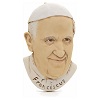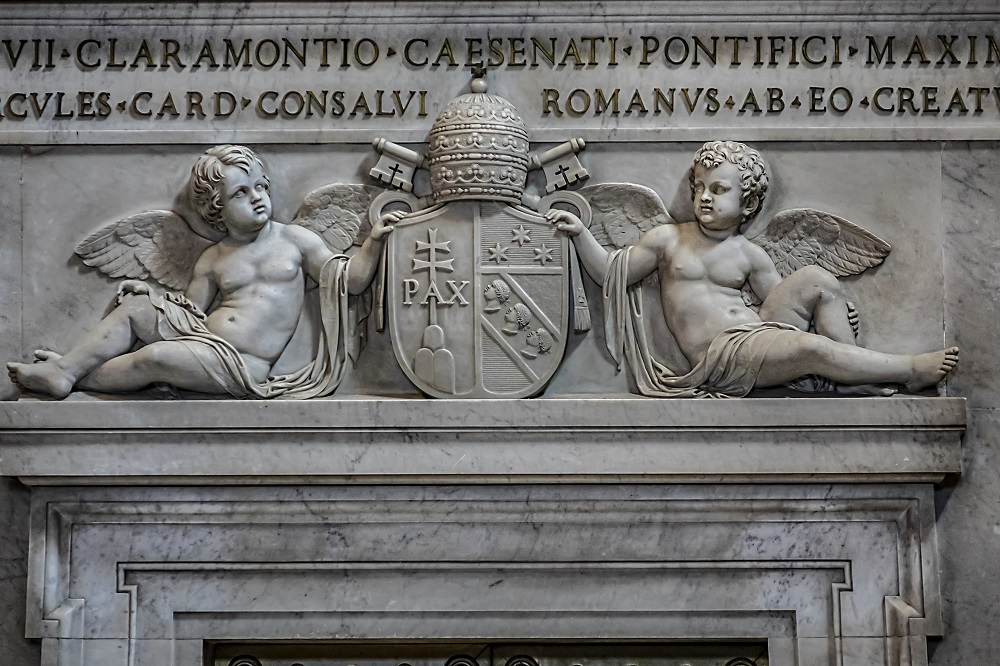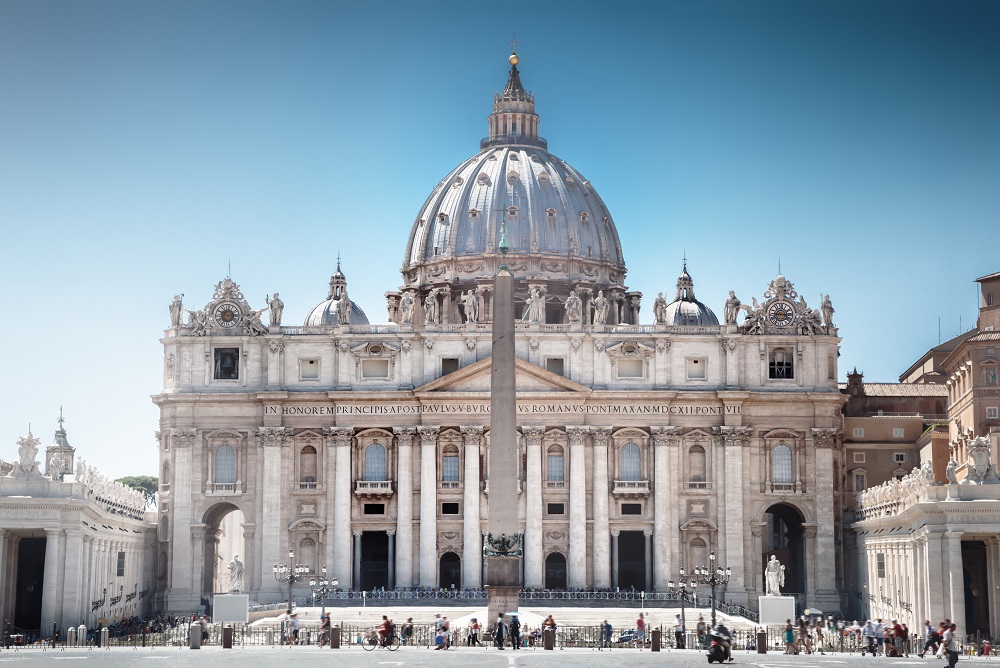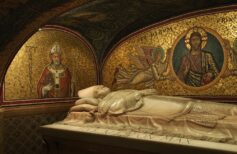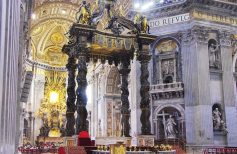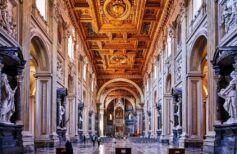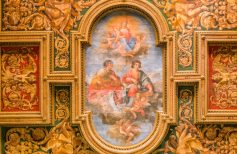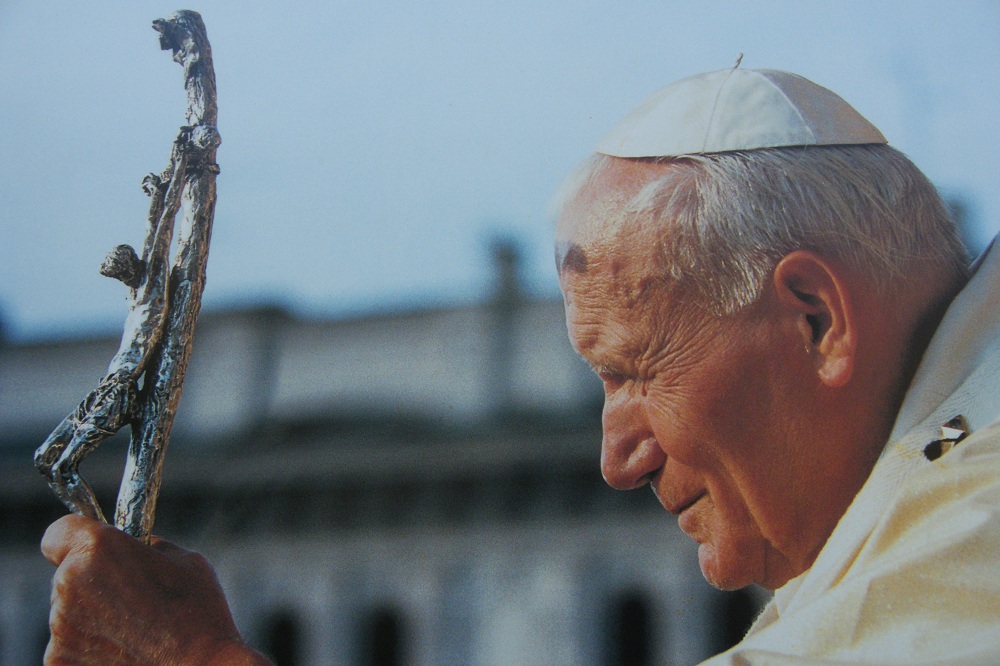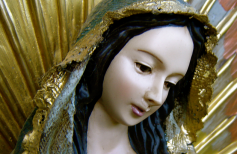Where are the tombs of the popes? Let’s find out where the popes have been buried for centuries and how their burial takes place
Where are the popes buried? A trivial question, perhaps, but that contains a deep meaning, closely connected to the very nature of the figure of the pontiff.
We will begin by saying that not all the popes are buried in the same place, although the majority of them chose the Vatican Grottoes, under the Basilica of Saint Peter, as their last resting place. The choice makes sense if we consider that just below the Basilica lie the remains of the first Pope, the founder of the church: Saint Peter.
The tomb of Saint Peter was in fact discovered right under the high altar of the Basilica that bears his name, thanks to a series of excavations since 1939 that have allowed to reconstruct how and how much over the centuries the remains of the Saint have been honoured and preserved as a priceless treasure.
The Vatican Grottoes are not really caves but a kind of church under the church. In fact, they extend three meters under the floor of Saint Peter, for a length that includes the high altar and reaches about half of the nave. In practice, it is an empty space that separates the primitive basilica built by Constantine in the fourth century and the present. Here, in a system of corridors and niches, which make up the plan of a church with three naves (old caves), there are many chapels that house the burials of the popes (new caves), most of which are decorated with funeral monuments, Although some pontiffs have expressly asked to have as the only distinctive sign on his tomb a slab with his name engraved. The last to make this choice was John Paul II. Right in the centre of the complex of the New Grottoes stands the chapel of Saint Peter, placed under the high altar and the dome of Michelangelo of the above Basilica.
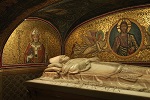
The tomb of Saint Peter and his incredible discovery
The tomb of St. Peter in Rome has always been considered one of the sacred places par excellence of Christianity…
We said of the works of art that adorn the tombs of the popes in the Vatican Grottoes. For many periods of history, being buried in this place was an honour to which all pontiffs, and not only. In fact in the Grottoes lie also men and women who have distinguished themselves for their importance and moral value, including two queens. Nevertheless, even in the past, some popes preferred to be buried elsewhere. For example in San Giovanni in Laterano, which was a necropolis deputed by many medieval popes, for almost the 12th century, and which houses among others the remains of Leo XIII, while Pius IX rests in the basilica of San Lorenzo fuori le Mura.
How are popes buried?
As is normal to expect from such an important figure, the death and burial of a pope are regulated by a whole series of traditions and rituals codified over time. First, the death of the pontiff must be officially ascertained by the camerlengo, the cardinal in charge of administering the finances of the Holy See and presiding over the See itself when vacant. Recognition must take place before the master of liturgical celebrations and the secretary and chancellor of the Apostolic Chamber.
The camerlengo always affixes the seals to the pope’s rooms. The vicar of Rome provides instead to give the news to the city and the world. Only then the door of the Basilica of San Pietro is ajar and the bells ring with a hammer.

History of Saint Peter’s Baldachin
Saint Peter’s Baldachin is one of the most spectacular monuments we can admire inside Saint Peter’s Basilica…
At this point, the actual funeral rites begin. The body is covered with the papal vestments: the white mitre, the red chasuble, and the white wool pallium with black crosses. Thus composed it is exposed to the homage of the faithful in St Peter’s Basilica for three days. For nine days the cardinals celebrate the Novendiali, the funeral for the soul of the pope and arrange to break the ring of the fisherman, one of the insignia that the pope receives at the beginning of his pontificate and wears the ring finger of the right hand, and the lead seal he uses to formalize the apostolic letters. In the past, the body of the pope was often embalmed and the heart and other nearby organs were kept in special amphorae, many of which have survived.
The proper funeral is celebrated in Saint Peter with a Missa poenitentialis, in the presence of state delegations from all over the world. In the end, the body of the pope is placed in three crates placed one inside the other, one of cypress, one of lead and one of walnut, and finally buried in the Vatican Grottoes, unless he left a different will written.
How many popes have in history?
But how many popes were there? According to the official chronology, Pope Francis would be the 266 Pope in the history of the Church. Thus before him, there were 265 other popes, a number that includes both those who ruled in Rome and those who had Avignon as their seat (7). In fact, a more thorough calculation shows that there have been popes who have reigned for more than one mandate, or who were deposed and then reelected for political events. Of these 266 popes, 81 are venerated as saints, 10 have been beatified, and 3 are being beatified. 2 popes, Leo the Great and Gregory the Great, also received the title of doctor of the Church.
